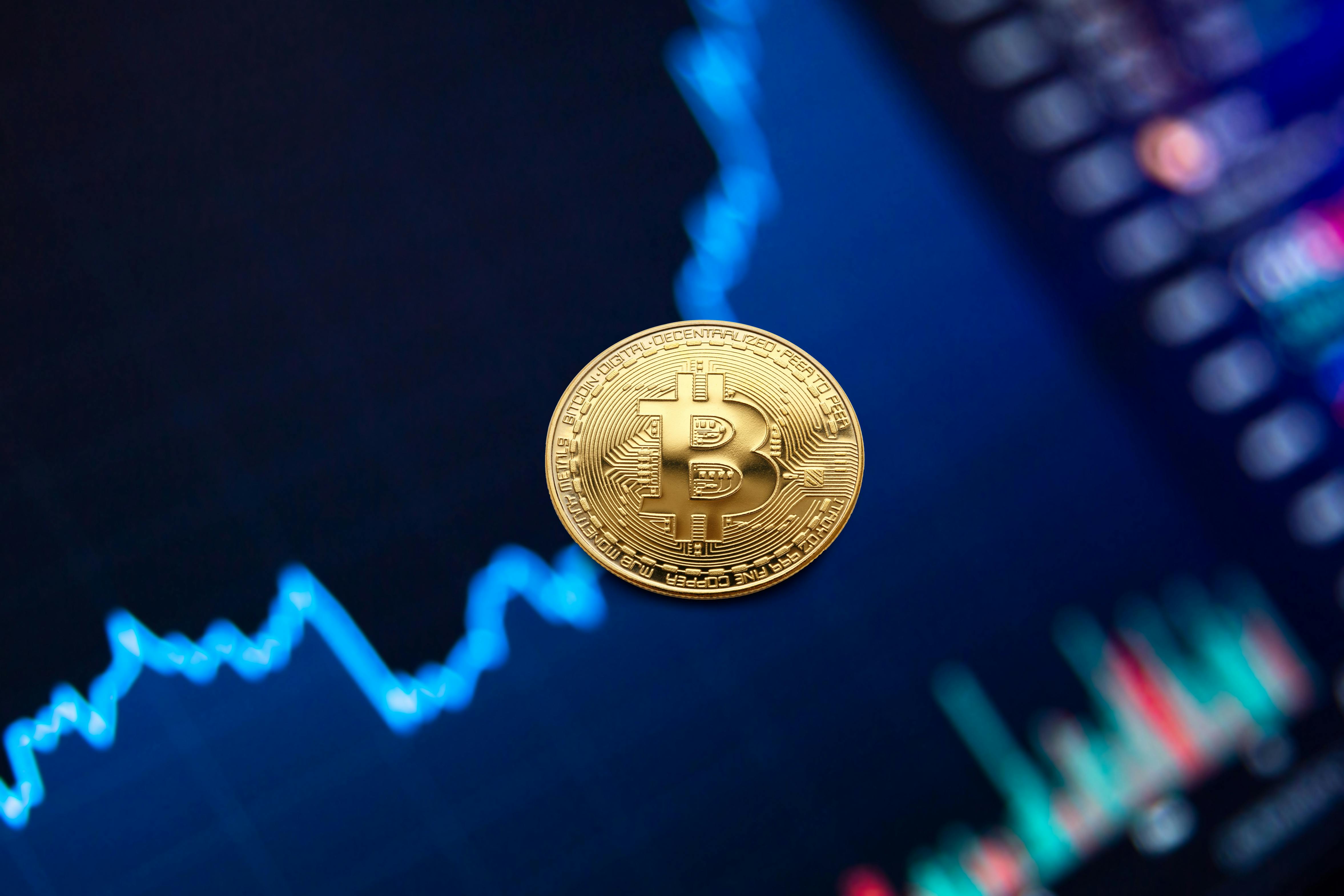
What are Silver Lease Rates? Understanding Bullion Bank Mechanics
Discover silver lease rates—the hidden indicator revealing physical market stress and bullion bank operations. Learn to identify squeeze signals before major price moves.
Silver lease rates are one of the most opaque yet critically important metrics in precious metals markets, revealing the hidden mechanics of how bullion banks, central banks, and large institutions lend and borrow physical silver. These rates—the annual percentage cost to borrow physical silver—provide insights into physical market tightness, short-selling activity, and potential price squeezes that most retail investors never see. Understanding lease rates gives you a window into institutional silver markets that can signal major price moves before they happen.
Whether you're a silver investor trying to understand what drives prices, a trader seeking early warning signals of market stress, or simply curious about how the wholesale bullion market actually works, understanding silver lease rates is essential. This comprehensive guide explains what lease rates are, how bullion banks use them, why they matter, and how to interpret lease rate signals for better investment and trading decisions.
Silver Lease Rates at a Glance
Typical Range
0.1% - 2%
Annual rate
Spike Signal
>5%
Indicates severe tightness
Key Insight: Rising lease rates signal physical silver scarcity, often preceding major price rallies
What Are Silver Lease Rates?
Silver lease rates represent the annual percentage cost to borrow physical silver from lenders (typically central banks, bullion banks, or large holders) for a specified period. Think of them as the "rent" you pay to borrow physical metal rather than money.
Lease rates exist because physical precious metals can be lent out just like money. Central banks and bullion banks hold vast quantities of gold and silver that sit idle in vaults. Rather than letting this inventory earn nothing, they lend it out to market participants who need physical metal for various purposes—earning lease rate income in the process.
The Basic Mechanics
Here's how a typical silver lease transaction works:
- Borrower Needs Physical Silver: A hedge fund wants to short silver or a fabricator needs temporary metal inventory
- Borrows from Bullion Bank: Borrows X ounces of physical silver, agrees to return the same amount plus a lease rate fee
- Sells or Uses Silver: Borrower sells the silver in the market (if shorting) or uses it in production (if fabricator)
- Eventually Returns Silver: At lease expiration, borrower must acquire and return the same amount of silver plus pay the lease rate
If you borrowed 10,000 oz of silver at a 1% annual lease rate for one year, you'd owe 10,100 oz at expiration (or 10,000 oz plus a cash equivalent of the 100 oz lease fee).
Calculating Lease Rates
Silver lease rates aren't directly quoted but are derived from the relationship between physical spot prices and forward prices:
Lease Rate = GOFO (Gold Forward Offered Rate) or equivalent - SIFO (Silver Interest Forward Offered Rate)
More practically:
Lease Rate = (Spot Price - Forward Price) / Spot Price × (12 / Months Forward)
The lease rate compensates the lender for giving up possession of the metal for a period. It reflects the "convenience yield" or benefit of physically holding silver rather than owning a paper claim.
How Bullion Banks Use Silver Leasing
Bullion banks—the handful of major international banks authorized to participate in the London Bullion Market (HSBC, JP Morgan, Scotia, UBS, etc.)—sit at the center of precious metals leasing operations. Understanding their activities explains much of the lease rate dynamics.
1. Facilitating Short Sales
The most significant use of silver leasing is facilitating short selling by hedge funds and speculators:
- Step 1: Hedge fund wants to short silver but doesn't own physical metal
- Step 2: Borrows physical silver from bullion bank at lease rate
- Step 3: Immediately sells borrowed silver in spot market
- Step 4: If silver price falls, buys back cheaper silver to return to lender, keeping the difference
- Step 5: If silver price rises, must buy back expensive silver, suffering losses
This mechanism allows massive paper short positions to exist in silver markets. Critically, the same physical ounces can be leased multiple times simultaneously (as long as everyone doesn't demand physical return at once), creating leverage in the system.
2. Hedging Mining Production
Mining companies sometimes use leasing to hedge future production:
- Borrow silver from bullion bank
- Sell borrowed silver immediately at current prices (locking in revenue)
- Return borrowed silver with metal from future production
- Net effect: guaranteed selling price regardless of future market conditions
3. Fabricator Inventory Management
Manufacturers that use silver can lease metal to smooth production:
- Borrow silver during temporary shortages or to avoid buying at price spikes
- Use borrowed metal in production
- Return metal when more favorable pricing emerges
4. Arbitrage and Spread Trading
Sophisticated traders exploit price discrepancies:
- Borrow silver at low lease rates
- Invest proceeds in higher-yielding instruments
- Profit from the spread if done at scale
Why Lease Rates Matter: What They Reveal About Silver Markets
Silver lease rates act as a real-time indicator of physical market conditions that aren't visible in spot prices alone. Here's what they tell you:
Low or Negative Lease Rates (0-0.5%)
Signal: Abundant physical silver supply, weak demand for borrowing
- Interpretation: Physical silver is plentiful; owners struggle to find borrowers
- Implication: Little physical stress; prices likely to remain stable or weak
- Context: Common during bear markets or when industrial demand is soft
Normal Lease Rates (0.5-2%)
Signal: Balanced market conditions
- Interpretation: Routine borrowing activity, neither scarcity nor excess
- Implication: Market functioning normally; lease income provides modest return to lenders
Elevated Lease Rates (2-5%)
Signal: Increasing demand to borrow physical silver
- Interpretation: Growing short interest or physical silver becoming harder to source
- Implication: Market tightening; potential precursor to price strength
- Context: Often seen when large shorts accumulate or industrial demand surges
Spiking Lease Rates (5%+)
Signal: Severe physical silver shortage or delivery stress
- Interpretation: Physical silver extremely scarce; owners demand high premiums to lend
- Implication: Major price rally likely imminent; potential short squeeze developing
- Context: Rare but historically precedes explosive silver rallies
- Example: Early 2008 lease rates briefly spiked above 20%, followed by silver rallying from $9 to $21 within months
Negative Lease Rates (Rare)
Signal: Backwardation—spot price exceeds forward price
- Interpretation: Market values immediate possession more than future delivery (extreme tightness signal)
- Implication: Physical shortage so severe that holders refuse to lend at any positive rate
- Significance: Extremely rare in silver; indicates potential systemic stress
Historical Lease Rate Spikes and What Followed
Examining past lease rate spikes and their aftermath reveals the predictive power of this indicator.
1997-1998: The Warren Buffett Accumulation
Event: Warren Buffett's Berkshire Hathaway secretly accumulated 130 million oz of physical silver in 1997-1998, representing nearly 20% of annual supply.
Lease Rate Action: Rates spiked to 50%+ as Buffett's accumulation drained physical supply from the market, making it extremely expensive for shorts to maintain positions.
Price Impact: Silver rallied from under $5/oz to $7/oz, a 40%+ gain.
Lesson: Large physical accumulation + high short interest + spiking lease rates = explosive price potential
2008: Financial Crisis Physical Squeeze
Event: Lehman collapse and banking crisis created flight to physical precious metals. Industrial users simultaneously panicked about supply chains.
Lease Rate Action: Rates briefly exceeded 20% as physical silver became scarce despite spot prices falling (due to futures selling).
Price Impact: Silver initially fell to $9/oz on panic selling, then rallied to $21/oz within months as physical scarcity reasserted itself.
Lesson: Lease rate spikes can occur even during price declines, signaling physical/paper disconnect and eventual price recovery.
2015-2016: Basel III Precursor Tightness
Event: Regulatory changes affecting bullion banking created periodic physical stress.
Lease Rate Action: Episodic spikes to 5-8% as physical availability tightened during regulatory transitions.
Price Impact: Silver bottomed near $14/oz in late 2015, then rallied to $21/oz by mid-2016.
Lesson: Regulatory changes affecting bullion bank operations can create lease rate volatility and physical squeezes.
2020: COVID-19 Physical Market Dislocation
Event: Pandemic shut down major refineries and disrupted physical delivery, creating unprecedented spot/futures disconnection.
Lease Rate Action: Spiked above 10% as physical silver premiums reached 30-50% above spot due to delivery failures.
Price Impact: Silver rallied from $12/oz to $29/oz within months (140% gain).
Lesson: Physical delivery disruptions + lease rate spikes = major disconnection between paper and physical prices, eventually resolved through explosive paper price catch-up.
The Dark Side: Lease Rates and Market Manipulation Concerns
Silver lease rates sit at the heart of longstanding manipulation allegations. Critics argue bullion banks use leasing to suppress silver prices through several mechanisms:
Multiple Hypothecation
The same physical ounce can be leased multiple times:
- Central bank lends 1,000 oz to Bullion Bank A
- Bullion Bank A lends same 1,000 oz to Hedge Fund B
- Hedge Fund B sells it to Investor C
- Investor C stores it with Bullion Bank D
- Bullion Bank D lends it to Manufacturer E
Result: 1,000 physical ounces support 5,000+ ounces of paper claims. This works fine until everyone simultaneously demands physical delivery—then the system breaks.
Artificial Supply Creation
By enabling massive short sales through leasing, bullion banks effectively create "paper silver supply" that exceeds physical reality. Critics argue this artificially suppresses prices by making silver appear more abundant than it physically is.
Interest Rate Manipulation
Central banks lending gold/silver at below-market lease rates effectively subsidize short-selling, allowing shorts to maintain positions cheaply that would otherwise be uneconomical. This artificial cheapness enables larger short positions than pure economics would support.
The Counter-Argument
Defenders argue leasing provides legitimate market functions:
- Allows miners to hedge production (reducing business risk)
- Helps manufacturers manage inventory costs
- Provides market liquidity that reduces volatility
- Earns returns on otherwise idle central bank assets
The truth likely lies somewhere between—leasing serves legitimate purposes but can be abused to create excessive leverage and price distortions.
How to Monitor and Interpret Lease Rates
For investors and traders wanting to use lease rates as a market signal, here's how to track and interpret them:
Where to Find Lease Rate Data
Lease rates aren't published as transparently as spot prices, but several sources exist:
- Kitco Metals: Publishes estimated lease rates based on forward curves
- GoldChartsRUs and similar sites: Calculate and chart lease rates historically
- LBMA (London Bullion Market Association): Publishes forward rates from which lease rates can be derived
- Bullion bank proprietary data: Institutional clients receive detailed lease rate quotes
Interpreting Lease Rate Movements
Rising Lease Rates (Bullish Signal):
- Indicates growing physical scarcity or borrowing demand
- Often precedes major price rallies by weeks or months
- Look for sustained rises, not one-day spikes (which can be technical)
- Especially significant when combined with falling COMEX registered inventory
Falling Lease Rates (Neutral to Bearish):
- Suggests easing physical demand or increasing available supply
- Can persist during long bear markets
- Not necessarily bearish—just indicates lack of physical stress
Lease Rate Spikes Above 5% (Strong Bullish):
- Historically very reliable signal of impending price strength
- Indicates physical market stress that futures prices haven't yet reflected
- Consider increasing physical allocation or taking long futures positions
Combining Lease Rates with Other Indicators
Lease rates are most powerful when combined with complementary signals:
- COMEX Registered Inventories: Falling registered + rising lease rates = very bullish
- Physical Premiums: Rising coin premiums + rising lease rates = retail+institutional demand
- Gold/Silver Ratio: High ratio + rising silver lease rates = silver catching up potential
- COT Report: Extreme commercial short positions + rising lease rates = squeeze potential
Key Takeaways
- Silver lease rates are the cost to borrow physical silver, typically ranging from 0.1% to 2% annually
- Bullion banks facilitate leasing to enable short-selling, hedging, and fabricator inventory management
- Rising lease rates signal physical silver scarcity, often preceding major price rallies
- Lease rate spikes above 5% historically precede explosive silver rallies within weeks or months
- Multiple hypothecation creates leverage: the same ounce can support many paper claims
- Lease rates reveal physical market stress not visible in spot prices, providing early warning signals
- Historical spikes (1998, 2008, 2020) preceded major silver rallies of 40-140%
- Manipulation concerns exist regarding leasing's role in creating artificial supply
- Lease rates are most powerful when combined with other indicators like COMEX inventories and premiums
- Understanding lease rates gives investors institutional-level market insights not available through spot prices alone
Related Topics on SpotMarketCap
Conclusion
Silver lease rates operate in the shadows of precious metals markets—invisible to most retail participants but critical to understanding how institutional bullion markets actually function. While spot prices reflect the marginal futures trade, lease rates reveal what's happening in the physical market where actual metal changes hands.
The beauty of lease rates as an indicator is their forward-looking nature. By the time physical scarcity appears in coin premiums or COMEX inventory drawdowns, it's often late in the move. But lease rates begin rising early in the tightening process, as sophisticated players compete for borrowable inventory weeks or months before retail investors notice anything unusual.
For investors, this knowledge provides an edge: the ability to identify accumulation periods before major rallies begin. When lease rates spike while spot prices remain subdued, you're witnessing institutional players positioning for a move that futures traders haven't yet priced in. These disconnections rarely persist—eventually, paper prices must rise to reflect physical reality.
Understanding the leasing mechanism also clarifies how silver markets can appear well-supplied on paper while being tight physically. The same ounces, leased and re-leased multiple times, create layers of claims that work seamlessly until they don't. When stress emerges—whether from large accumulations, industrial demand surges, or delivery disruptions—the leverage inherent in the leasing system amplifies price movements in both directions.
Remember: Lease rates are the canary in the coal mine for silver markets. When that canary starts singing loudly (rates spiking above 5%), pay attention—history shows major price moves typically follow.
Track Real-Time Asset Prices
Get instant access to live cryptocurrency, stock, ETF, and commodity prices. All assets in one powerful dashboard.
Related Articles

What is the London Bullion Market? LBMA Explained
Explore the London Bullion Market—the world's largest physical gold and silver marketplace. Learn how LBMA operates, sets global prices, and affects all precious metals investors.

What is Copper Backwardation? Supply Tightness Signal
Learn copper backwardation—the powerful supply tightness indicator in metals markets. Discover what drives backwardation, how to identify it, and trading strategies to profit from this condition.

What are Copper Warehouse Stocks? Inventory Tracking
Master copper warehouse stocks—the key indicator of physical copper availability. Learn how LME inventories signal market tightness and influence copper prices globally.